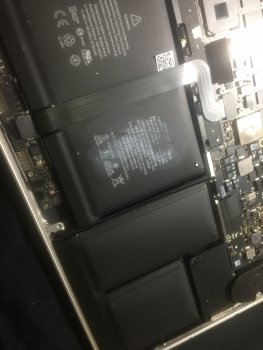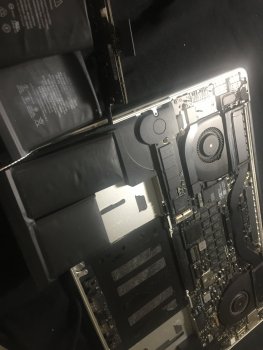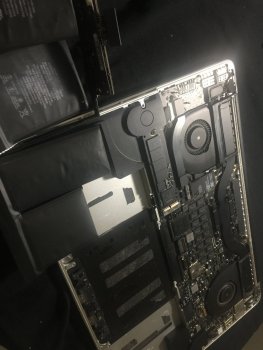Note that when using charge limiter, your recorded number of cycles will increase every time you reach your set maximum... So you may end up with a HIGHER cycle count using Charge Limiter.
Are you sure about this? I haven't tested it out myself. I've read this but this seems kind of strange if it behaved this way.
...
I don't think this is correct. I have been using my charge limiter for over a month and the number of charge cycle does not increase every time it reaches 55% I set on my MBP when plugged in. I don't know how the electronic system is set up for counting the charge cycle, but my guess is it is related to amount of battery drain and full charge.
For example, if it is plugged in all the time, one charge cycle will be when the battery has drained "enough times" to make up 100% (or some arbitrary value like 80% or 90%). So if it is plugged in all the time, it may take a month for the charge count to go up by 1 (as the battery always drains slowly even when plugged in) when the amount of discharge "counted" by the electronic system equals 100% (or some other value).




